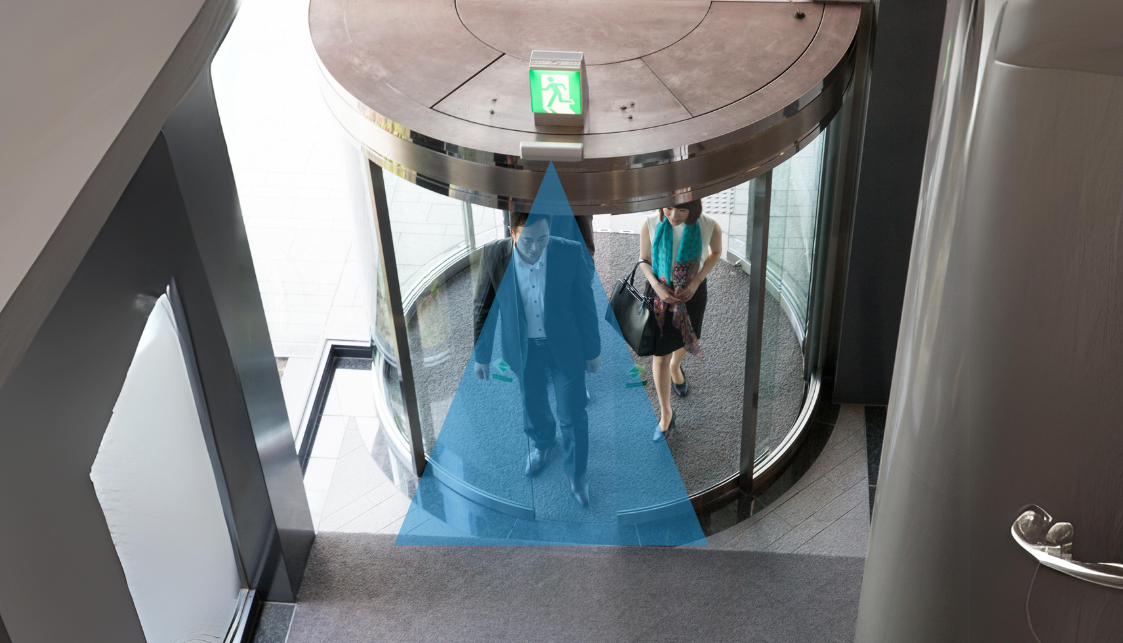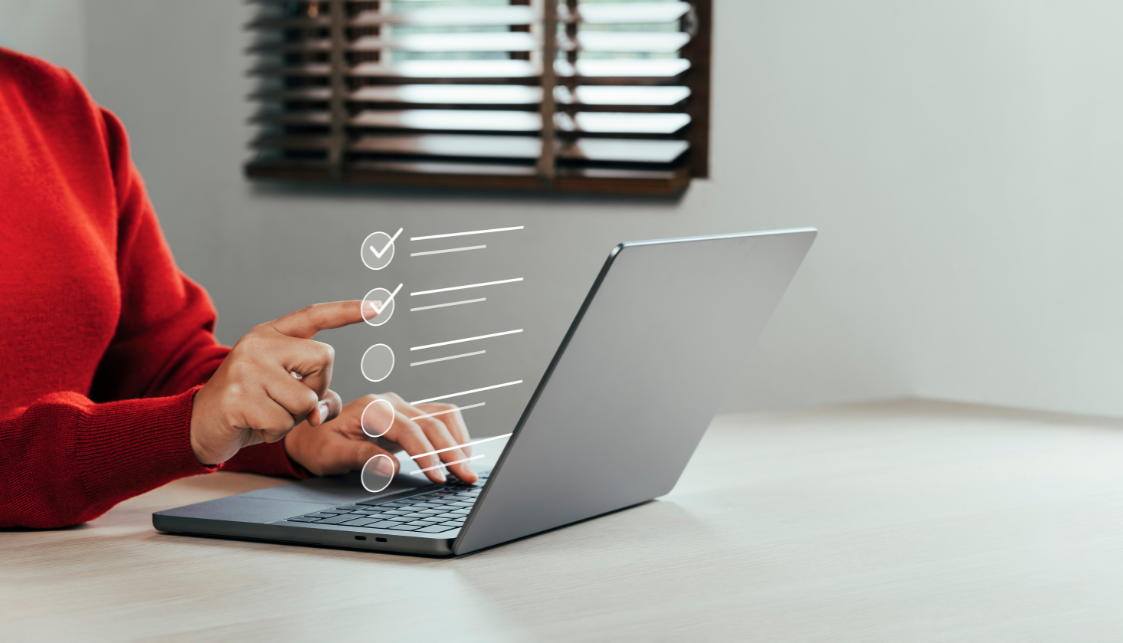Why and how to measure the office occupancy ?
Table of content:
Why and how to measure the office occupancy ?

As many companies are noticing, post-covid hybrid work has led to many upheavals in the use and offices occupancy. They are empty at the beginning and end of the week and overcrowded in the middle of the week with a peak on Tuesday. But can the real situation be summed up so trivially; of course not. Because the uses and needs of employees, when they come to the office, have also evolved and are encouraging companies to rethink layouts. And in this case, the first question that arises is what layouts changes and especially on what perimeter, whether on the surface or the number of workstations. This is where the occupancy measure comes into play because being able to understand the current situation allows you to better understand the possible and necessary changes.
In this article, we will therefore see what the benefits and objectives of the occupancy measure are, what are the different methods and how to select them according to pragmatic criteria according to the expected objectives.
Why measure your space occupancy ?

The occupancy measure can be relevant in different cases. We can distinguish two main ones.
First of all, as we have just mentioned, measuring the existing situation allows us to better prepare for the future, in the case of a move for example or layouts changes. In this case, we can consider a one-off occupancy measure over a given period. Thus, a precise measurement campaign over a sufficiently long period (several weeks to a few months) will make it possible to confirm or refute empirical observations and to objectify feelings that are most often fragmentary. One objective pursued by many companies now is to reduce office space to respond to the consequences of the massive adoption of teleworking.
The other field of application of the occupancy measure is designed continuously, even in real time, and supports the day-to-day management activities of company premises. Take, for example, the management of collective catering, which can be a real headache when the company is faced with strong fluctuations in occupancy depending on the day of the week. We can easily understand here the interest of the day-to-day occupancy measure, to build a history, making it possible to anticipate the number of visitors to the company restaurant in the long term and thus to minimize the waste of foodstuffs and ultimately to budget for this activity as accurately as possible. Another example, where continuous measurement is interesting, but this time considering a real-time measurement: it is the optimization of energy performance. In concrete terms, this makes it possible to adjust the heating, ventilation or lighting according to the actual presence in the premises. In this case, the presence measurement and reporting system will be connected to the building management system (BMS), as we described in one of our previous articles dedicated to the BACS decree.
In addition to these economic objectives, there is another area where real-time occupancy measurement, and its corollary, presence detection, will have an impact: the employee experience. Indeed, in the case of the Flex-office, it is reassuring to know the state of occupancy of the premises, simply to make sure you find a free space for example. It will also facilitate collaboration by allowing colleagues to be located on site, or to make the number of people at the company restaurant more fluid by providing information on peak periods.
Through these different examples and objectives, we understand that the scope of the occupancy measure is quite broad and therefore that different methods will have to be considered. This is what we will see in the next chapter.
What are the different measurement methods ?

Let’s start with the historical method, which is manual counting. This may seem a little archaic, but it is a method that is still used; Specialized companies offer this type of service, and it has the advantage of being relatively simple to implement. The main disadvantage of manual counting lies in its punctual nature and will therefore only give a partial view of the situation. To minimize this aspect, it is necessary to increase both the frequency and the period of counting, thereby increasing the budget to be devoted to it. Another bias that should be considered is that this method can lead to “unusual” behavior by employees that would distort the results. To put it simply, some employees, who may feel that they are being “monitored”, could make themselves more “visible” during these measurement campaigns, which would result in an overestimation of the actual occupancy.
More reliable and less intrusive, flow metering is a method often used when it relies on existing infrastructure and equipment. The easiest way to implement is to retrieve data from the building’s access control systems (gates, badges, etc.) when they exist, of course. On the other hand, its uses are quite limited given the low level of granularity. It will therefore be possible to measure occupancy at the scale of the space where the access control is located, i.e. in most cases, the building.
To increase the granularity, and therefore measure the occupancy of spaces not subject to access control, it will be necessary to use specific flow measurement equipment, such as thermal cameras or other suitable sensors. The constraint is to equip all the access areas of the given space to be sure to consider all the entrances and exits of people. The typical use case of this method is therefore to measure the occupancy of a space that is most often quite large and whose entrances/exits are well identified, and therefore well suited for crowding measurements in the company restaurant, for example.
To further increase the granularity, to measure the occupancy of workstations for example, presence sensors will have to be used. Most are self-powered, which makes them easy to install, and rely on different technologies. We can distinguish two main ones: motion detection, for infrared sensors for instance, and thermal measurement, via so-called thermopile sensors. When it comes to measuring attendance at desk level, our preference is for the second technology. Indeed, a person sitting at his desk is generally quite static and a motion sensor can therefore quite often be “blind” when it comes to detecting presence. The use of presence sensors will therefore be considered the most accurate method but also one of the most expensive since it requires the installation of one sensor per working position.
Finally, other methods exist, which can offer just as much precision but at a lower cost, because they are based on one of the principles of “low-tech”, namely re-using what already exists.
In concrete terms, it is a question of detecting the presence of the employee’s IT equipment based on network connections, whether wired or Wi-Fi. This method has many advantages: no additional hardware to install or operate, controlled cost and high reliability, especially when considering detection via the Ethernet connection. However, there is still one obstacle: this method requires access to the company’s Information System and requires compliance with security rules and processes.
As we can see, there are a multitude of methods for measuring the occupancy of tertiary spaces, each with its pros and cons that will have to be evaluated regarding the use cases and objectives. The next step is to define the main criteria for choosing the method best suited to these objectives.
What are the selection criteria to be considered ?

Once your objectives are defined, i.e. what are the use cases and for which purpose(s) you need to measure occupancy, one of the first criteria to evaluate is the level of accuracy expected.
For example, it is easy to understand that wanting to regulate the number of people in the cafeteria at lunchtime does not require the same level of precision as optimizing the number of workstations in hybrid work. In concrete terms, the question to ask ourselves is at what scale do we need to have an occupancy value: the building, a floor, an area, a room or at the maximum granularity, i.e. the desk level. It is therefore a question of spatial precision that will have to be completed by a temporal evaluation. Indeed, can the measurement be punctual, or should it be continuous and if so at what pace: once a day, half-day, every hour, every 10 minutes, until almost real time. The second criterion, which is very much related to this one, is obviously the cost. Beware, however, of shortcuts that are too fast: high accuracy will not necessarily leads to a high cost, as we have seen with the method based on low-tech principles.
It will also be necessary to take into account all aspects and stages of the project for the implementation of an occupancy measure. Namely, the cost of the measuring equipment of course, but also, if necessary, the cost of configuration, installation and operation/maintenance.
Finally, in relation to these project stages, it will be necessary to evaluate the ease of implementation of the solution as an additional criterion. In summary, we offer you in the table below, an evaluation of the different methods of occupancy measurement according to the criteria we have just mentioned.

It is important to remember that the interpretation of this summary table must be done by considering the use cases and the objectives to be achieved. As we can see, there are no perfect solutions but options that are more or less well suited to each situation.
One last element to be taken into account in this context of evaluating occupancy measurement solutions: for the purposes of describing and comparing the different methods, we have considered them here separately; But of course, it may be relevant to combine several methods to achieve the desired objective. For example, when it comes to measuring the occupancy of workstations and meeting rooms; we will be able to choose the method of detecting connections via Ethernet for workstations, combined with presence or even counting sensors in meeting rooms (bearing in mind that employees do not systematically have their PCs in meetings or do not connect them to the Ethernet network). The objective is to obtain the best trade-off between accuracy, cost and readiness.
Sources (in french):